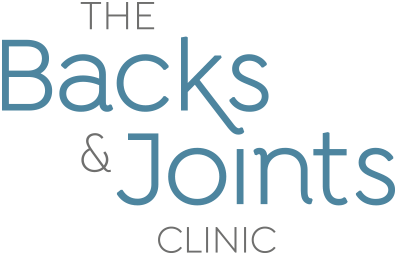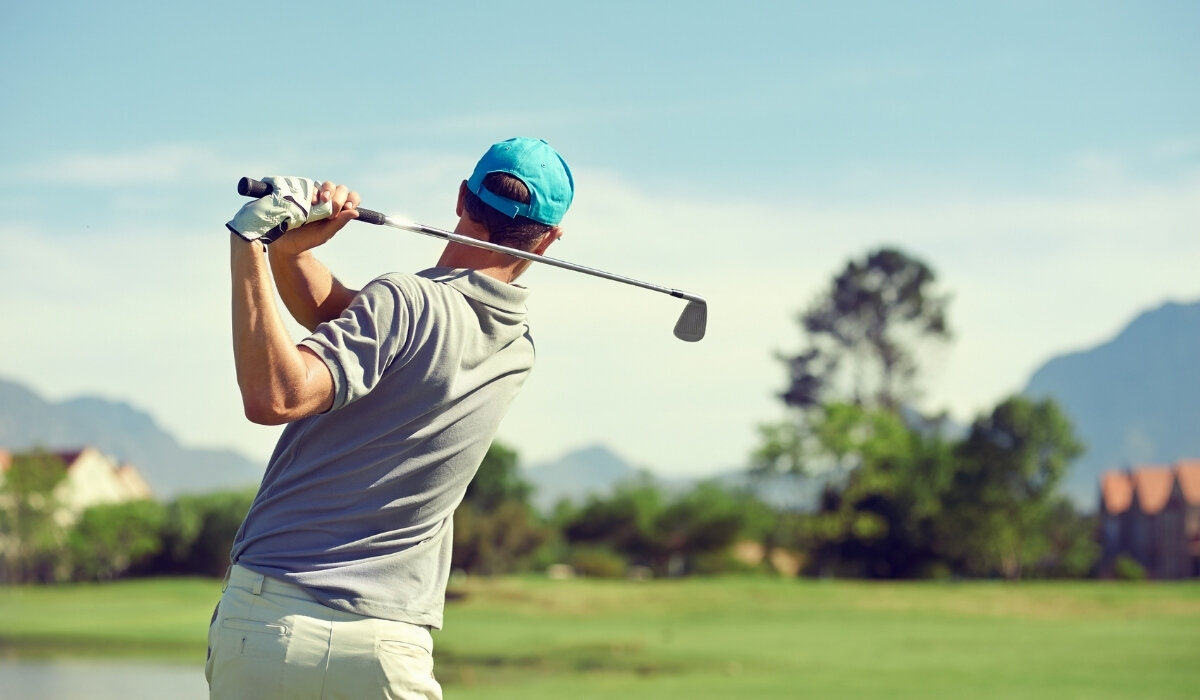Golf - Ensuring your Back is not a Handicap
It is often said that “golf is a good walk spoiled”. It is unclear who is responsible for that saying. However, as regular readers of our articles know, at Backs and Joints we always advocate a “good walk”!
In the clinic we see our fair share of amateur and professional golf players. We have been able to really help patients with aches and pains. We can't promise it will improve your swing, but it will certainly make you more mobile, so you can enjoy the game.
Golf - Injury Risks
Whilst golf is a relatively gentle sport, it uses your whole body, so you can feel pain in arms, legs, spine and pelvis. Often the problems are caused by overuse of certain areas of the body. In professional golfers that is likely to be due to constant practice and continually repeating the same movement - that swing won't perfect itself! In amateurs it's more likely to be flaws in the swing! Inconsistent movement, and not doing it regularly can also create injuries.
Awkwardly lifting your clubs, trolley and battery out of the car is also a very common cause of injury. So our first piece of advice is make sure you have enough time to do it properly!
The Golf Swing
The golf swing varies with each person. Some move the pelvis freely through the back swing and raise the left heel (if you play right handed) in order to generate force during the swing. A popular way of improving the swing is to keep the pelvis still during the swing, but separate the pelvis and shoulder through lateral bending as the club hits the ball and you extend through. Whilst this generates more force it puts a lot of pressure on the lower spine.
The swing can also cause shoulder problems and golfers' elbow.
What can be done to prevent injuries?
Ensure you have good hip rotation in your lead hip, which acts as a pivot for your body during the swing. When you don't have good hip movement you tend to compensate and then overload another joint.
Try shortening your backswing. Excessive trunk rotation may generate more power in your shot, but it also puts more pressure on your lower back.
Take a lesson with, or speak to, a professional. Get them to observe your swing so they can help with any areas where you may be loading joints excessively.
Do some core stability training. This focuses on your gluteal (buttock), tummy and spinal muscles. This will give your trunk more strength to withstand the pressure of the golf swing.
Warm up and give yourself time. Don't be in a rush to get to the tee. Screeching into the car park, changing your shoes and grabbing all that heavy equipment is not the way to go. In fact, it's a recipe for back pain! Do some stretching before you tee off; studies have shown that rotational stretching before you play can increase your club head speed!
Back pain doesn't just occur when you are on the course. Doing regular stretching and strengthening will support your back and joints all the time, which means you can enjoy the game and focus on getting that hole in one!
Here are some exercises to help strengthen your core you might like to try: Golf Exercises

